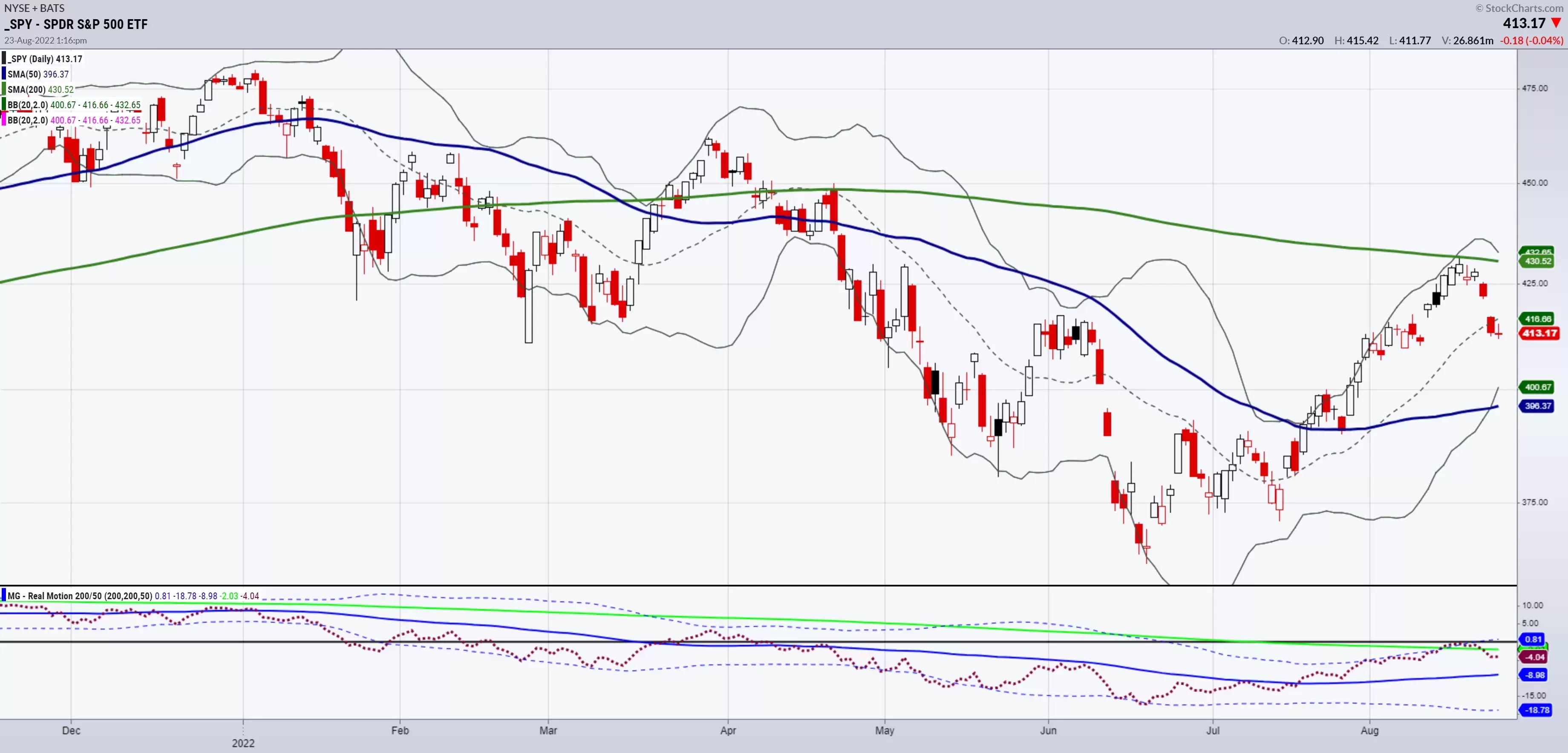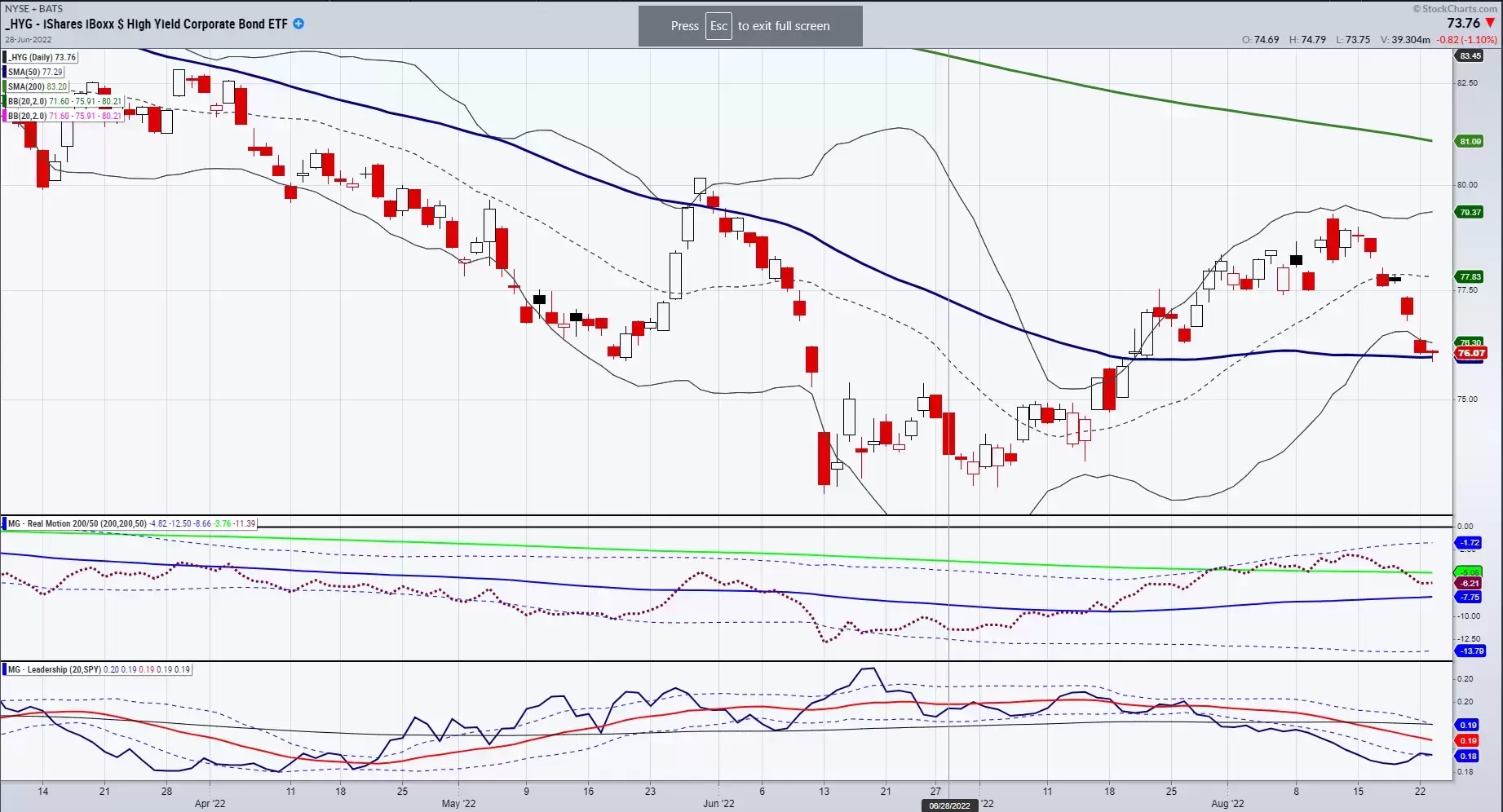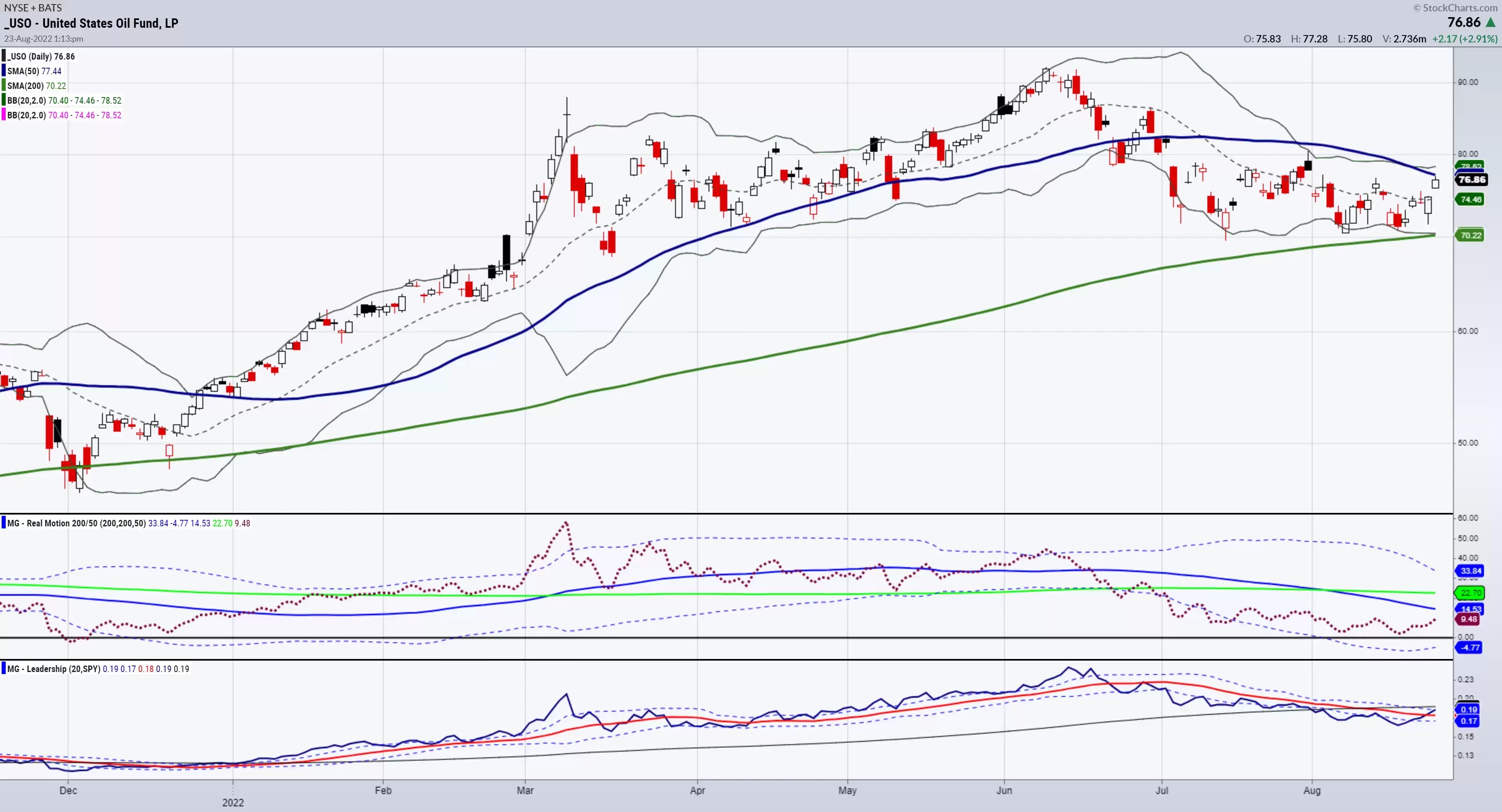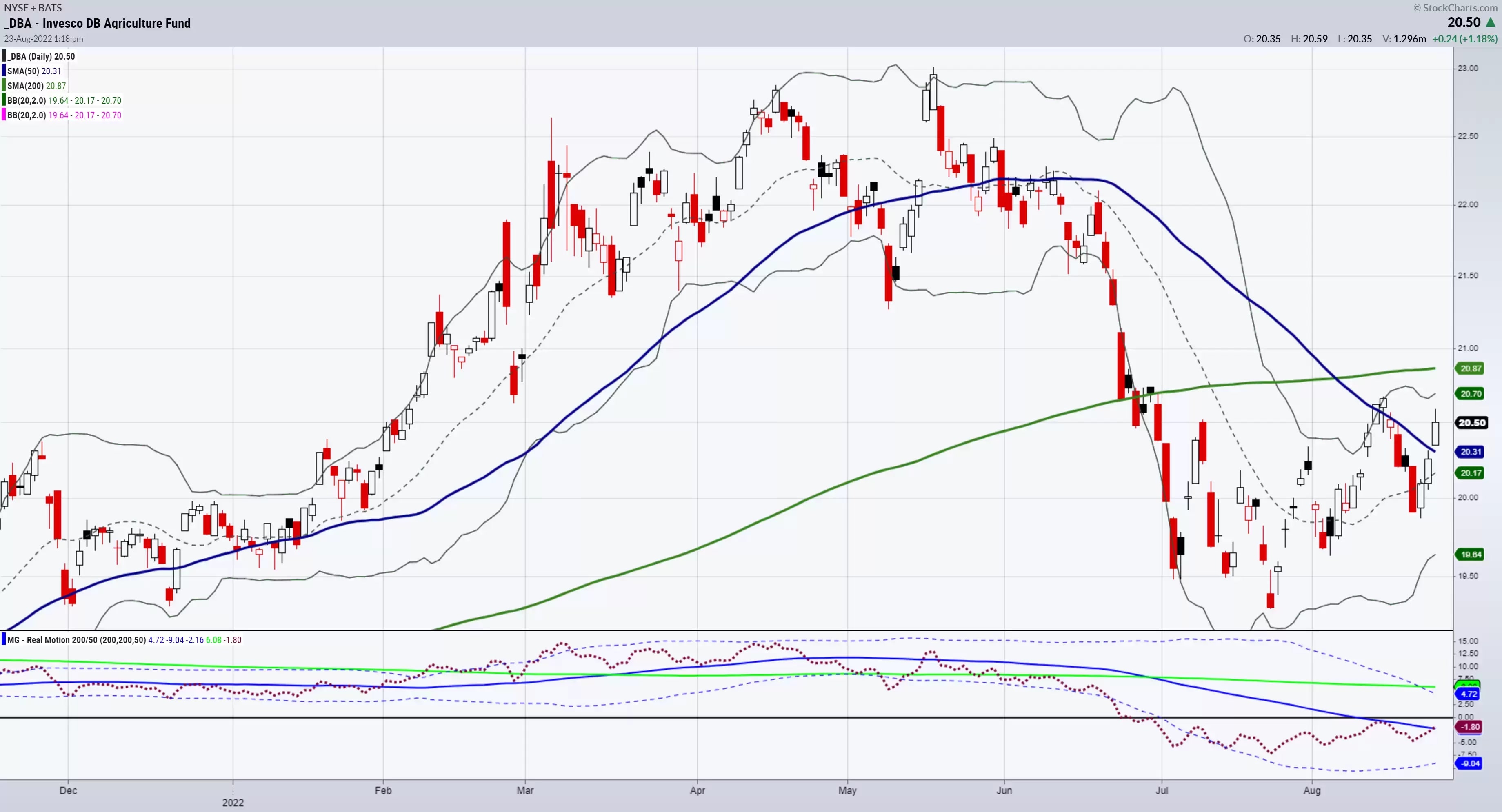
Climate change is wreaking havoc around the world. China’s longest river, the Yangtze, has dried up in places, causing electricity shortages in areas that rely on hydropower, hampering the flow of river traffic, and reducing the supply of drinking water. In Germany, water levels in the Rhine fell to new lows this summer, restricting the flow of goods along this key artery. Heatwaves have also dried up other major rivers, such as the Loire, France’s longest river, and the Colorado River in the southwest of the US.
Europe is experiencing its worst drought in at least 500 years, with two-thirds of the continent in a state of alert or warning. Crop yields have suffered, with corn production down 16% versus the average of the past five years, soybeans down 15% and sunflowers down 12%. In the US, extreme dryness in Nebraska and South Dakota has left corn stalks withered, browned and shorter than usual.
The situation is depressing, but traders and investors have the opportunity to use a portion of their profits for the greater good. So, amid the climate emergency, where do the trading opportunities lie?
S&P 500 finds support
First off, equities. After a spectacular move off the June lows, the S&P 500 has sold off into major support. Whether or not that support holds could depend on the duration of the drought and its impact on food, energy and supply chains.
The S&P 500 ETF [SPY] chart below illustrates the support and resistance levels that the market both rallied and sold off from. Once SPY cleared its 50-day moving average (DMA), as represented by the blue line, it went straight up to the 200-DMA (the green line), compelling traders to take profits, if long, and bears to go short with little risk. This type of trading is typical during stagflation periods. Currently, SPY sits in the middle of the range between the July lows and August highs. From here, 410 is the pivotal support level, with resistance at 423.

Junk bonds ETF holds 50-DMA
Second, keep an eye on high-yield debt, also known as junk bonds – the ultimate risk indicator. The iShares iBoxx $ High Yield Corporate Bond ETF [HYG] touched down and held the 50-DMA, as the chart below shows. Momentum is declining while HYG continues to underperform the benchmark.
What happens here is key to the next move in the SPY. If HYG drops below the 50-DMA, take that as a sign that we’re entering a risk-off environment. In that scenario, investors may become more risk-averse and sell riskier assets, sending their prices lower.

Oil could be poised to move higher
Brent crude oil is currently trading between $90 and $100 a barrel. The United States Oil ETF [USO], as shown in the chart below, has support at the 200-DMA and the potential for a move higher to around $88 to $90 once it clears the 50-DMA. Given that natural gas prices have already skyrocketed, oil looks ripe for a new bullish move higher.

Growth in agriculture?
Finally, there appears to be growth potential in the Invesco DB Agriculture Fund [DBA], pictured below. The fund has holdings in corn, soybeans, wheat, coffee and sugar, among other soft commodities. After a stupendous sell-off from the April peaks, DBA is now clearing back above the 50-DMA in both momentum and price. Over 20.52, it could move back to 22.00, with a tight risk under 20.00. Corn [CORN] rallied the most yesterday, followed by coffee [JO]. For these commodities, both the futures and the ETFs have lots of room to the upside.

As the world grapples with heatwaves, drought and soaring food and energy prices, there are still areas where investors and traders might find opportunity amid adversity. As you keep the above charts in mind, be aware of the longer-term impact of inflation on your investments.
Mish’s ETF support and resistance levels
S&P 500 (SPY) 410 pivotal support, 397 major support, 423 resistance
Russell 2000 (IWM) 190 pivotal support, 180 major support, 199 resistance
Dow (DIA) 339 resistance, with 319 major support
Nasdaq (QQQ) 312.50 pivotal support, 301 major support, 325 resistance
Regional Banks (KRE) 65 support, 68 resistance
Semiconductors (SMH) 222 the 50-DMA support, over 240 better
Transportation (IYT) Through 243 better, must hold 225
Biotechnology (IBB) 123 the 50-DMA support to hold
Retail (XRT) Must hold 67 20 on a weekly close, otherwise looking at 65 next
Mish Schneider is MarketGauge’s director of trading education and research. Read more of their market analysis here, and subscribe to their YouTube channel here.
Disclaimer: CMC Markets is an execution-only service provider. The material (whether or not it states any opinions) is for general information purposes only, and does not take into account your personal circumstances or objectives. Nothing in this material is (or should be considered to be) financial, investment or other advice on which reliance should be placed. No opinion given in the material constitutes a recommendation by CMC Markets or the author that any particular investment, security, transaction or investment strategy is suitable for any specific person. The material has not been prepared in accordance with legal requirements designed to promote the independence of investment research. Although we are not specifically prevented from dealing before providing this material, we do not seek to take advantage of the material prior to its dissemination.






















